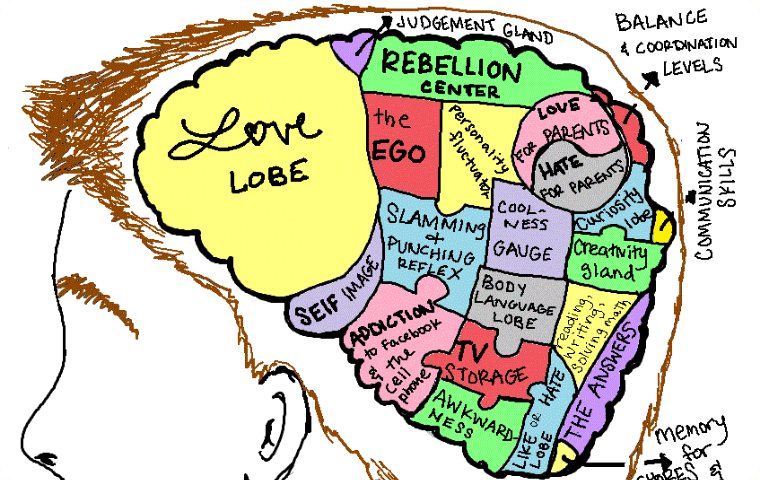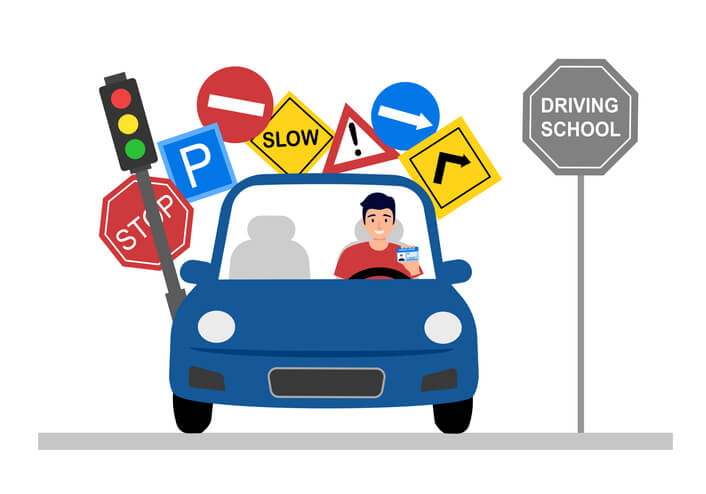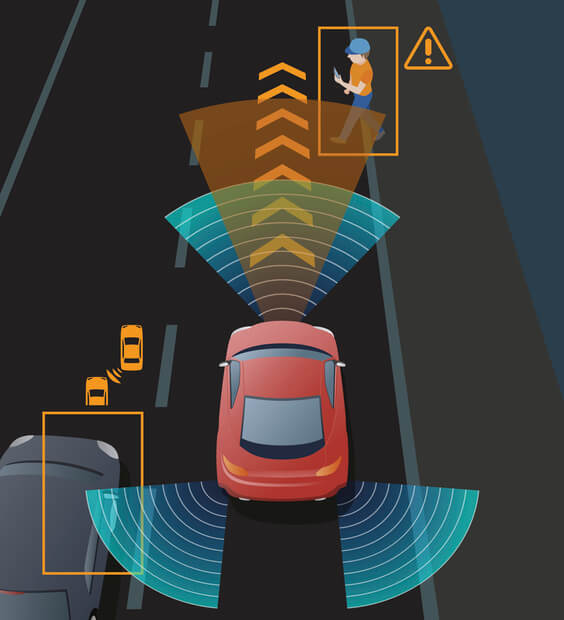The majority of these deaths occur in the window after drivers complete receive their unrestricted licenses. New drivers lack the experience to keep them safe during the wide variety of situations they might encounter behind the wheel, and that’s particularly dangerous when you start driving without restrictions and supervision. So, when its just you in the car, do you know how to stay safe on the road?
From preparation to the act of driving itself, we’re here to help. A driver education course is the best way to start, but whether you’re just starting the process to get your driver’s license or have just received it, there are some basic concepts you’ll want to keep in mind. So, without further ado, let’s discuss 10 safety tips for new drivers.
1. Know Your Car
It seems obvious but driving one car is not the same as driving another. They have different characteristics, such as handling and power. You may find they have different biting points in manual transmission cars, or reverse gears are accessed in different ways.
In addition to this, general functions are often in different places. You don’t want to be driving in bad weather and suddenly realize you don’t know where the wipers or lights are.
Before you take a drive in a new car, familiarize yourself with its controls. If you need to ask someone where things are, then do so. When you drive off, stick to small roads with little speed until you get used to the vehicle.
2. Put the Phone Away
No matter how empty the road seems, and no matter how quick the glance at the phone is, you have no excuse. All a cell phone does is distract you from the road. It only takes a split second for your concentration to go, and you could find yourself in a serious situation.
There are multiple devices to make your phone go hands-free and clip your device to the dash. However, even these provide enough distraction to cause an accident. Put the phone on silent and place it out of reach while you are driving.
3. Have a Car Safety Kit
A safety kit is essential not just for your first car, but any car after that. At any time or anywhere, you might break down or have an accident. In these times, you need to be prepared.
Start by packing a blanket, water, and snacks in case you are stuck for a long time. After this, you need coolant, oil, and windscreen washer fluids. Finally pack road flares, jump leads, a flashlight and batteries, a spare tire, a tire iron, and a first aid kit.
4. Keep Navigation Items
Finding your way around is easier than ever. With satellite navigation built into the car and on our phones, it is hard to get lost. However, one of the most useful driving tips is not to rely on technology.
Navigation can come and go without warning. You may also find it does not contain all roads or may not account for road maintenance and diversions. In this case, you should keep some hard copy maps in your vehicle in case emergencies do occur.
5. Ignore Your Friends
Cars for new drivers are always filled with fun and friends. You just got your freedom, so why wouldn’t you want to share that with friends? This is great and you should enjoy it, but not at the expense of safety.
Your friends will be excited as well. This may mean they can easily distract you or ask for your attention. Stay focused on the road ahead and do not let them be the cause of an collision.
6. Follow Traffic Rules
The rules of the road are there for a reason and are the key to driving safety. It is the reason you have to do both driving and written tests. If you don’t follow them, accidents occur.
One of the most important driving tips is to know your road signs. Keep up to date on them, as the obscure ones can pop up in the most unexpected places.
7. Don’t Speed
Speeding is an easy habit to fall into. You are driving, then suddenly realize you have zoned out and are going much faster than the limits allow. Usually, people notice it too late, after they have been given a ticket or caused an accident.
If you have automatic speeding limit warnings in your car or navigation, then make sure they are on. Pay attention to limits in the areas you are driving, and even in a rush stick to them.
8. Look After Your Car
Looking after your car is not just a case of cleaning it and putting gas in. There are a number of other maintenance procedures you need to follow to keep it running smoothly.
Firstly, learn how to check and change the oil. You should also give regular attention to the tires, checking their pressure is correct and noting if the tread on them warrants a replacement.
9. Wear a Seat Belt
Wearing a seat belt is not a choice, in most places it is the law. This applies not just to you, but to your passengers as well. It is also up to you to ensure they have buckled their safety belts.
Make sure you never unbuckle your safety belt until the vehicle is parked and at a standstill. Even if you are not moving, others could hit you from the front or rear.
10. Don’t Tailgate
Tailgating is when you follow the car ahead too closely. When they brake, you do not have enough time to think about what is going on, then brake in time to avoid a collision. Thus, the more space you leave, the better it is.
Ideally, you should be three seconds behind the other car. Pick an object they pass, then count to three. If you pass it before the three seconds are up, you are too close.
















